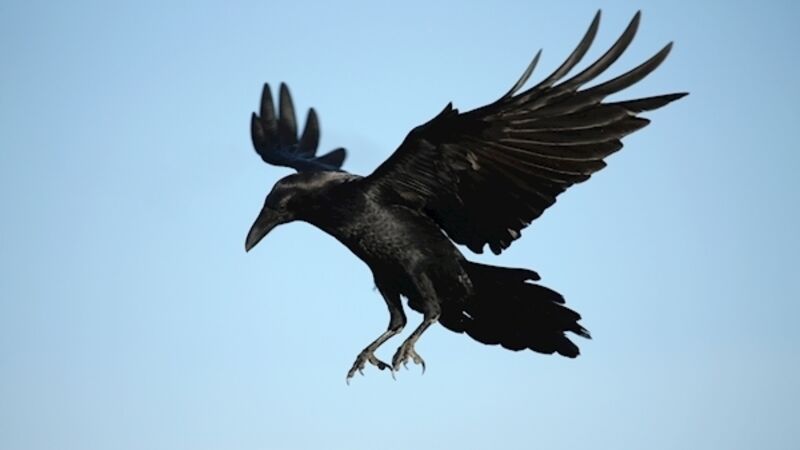Damien Enright: On the Canaries, it is the ravens who predominate

FIFTY seven Canada geese at Coolmain Strand and 47 Canarian ravens touring the sky above the blunted peak of the long- extinct volcano of La Gomera, in the Canary Islands — Garajonay, the volcano is called, for a pair of doomed lovers, Gara and Jonay, she the Gomera Guanche princess, who fell in love with the peasant boy, Jonay, from the island of Tenerife, 50km across the water, which he swam to reach her.
But a priest predicted (priests, at least Catholic priests, were then new to the islands, as yet unconquered by Castile) fire and brimstone on the union and, indeed, the volcano of massive Mount Teide, on Tenerife, blew its top, spewing lava into the sea, which boiled and turned blood red, and the two lovers, on the crown of Gomera’s volcano, together took their lives to appease the gods. And the volcano was thenceforth called after them, Garajonay.













